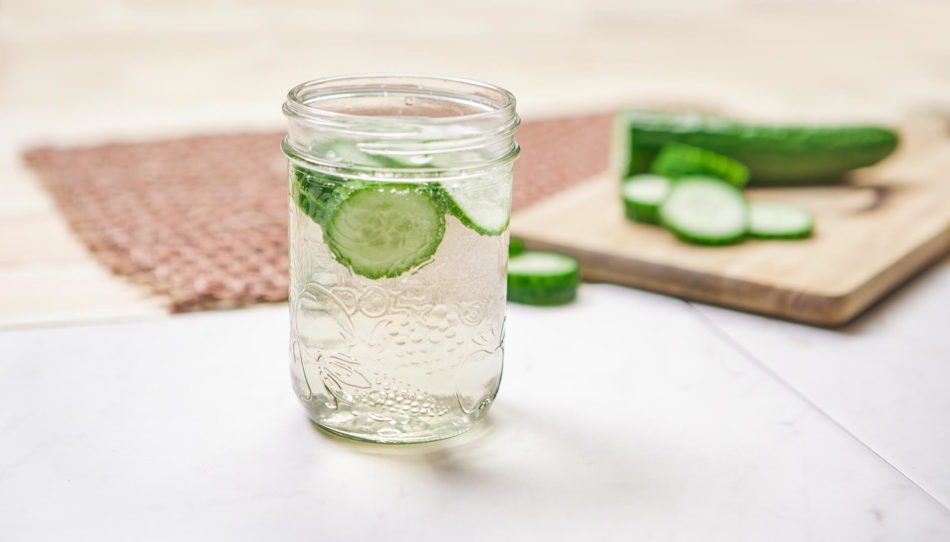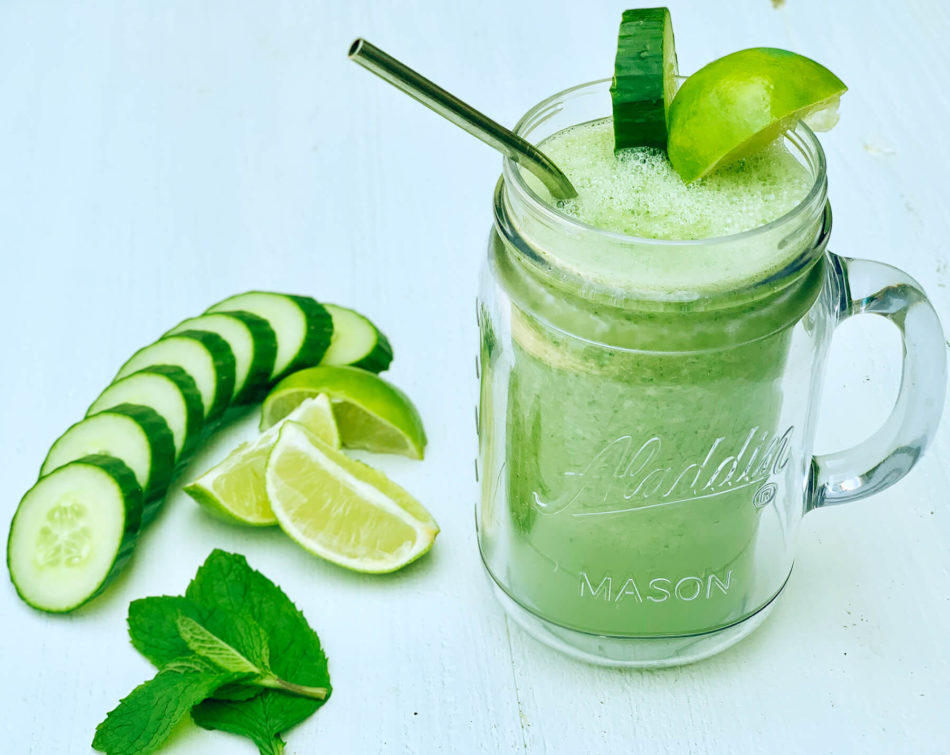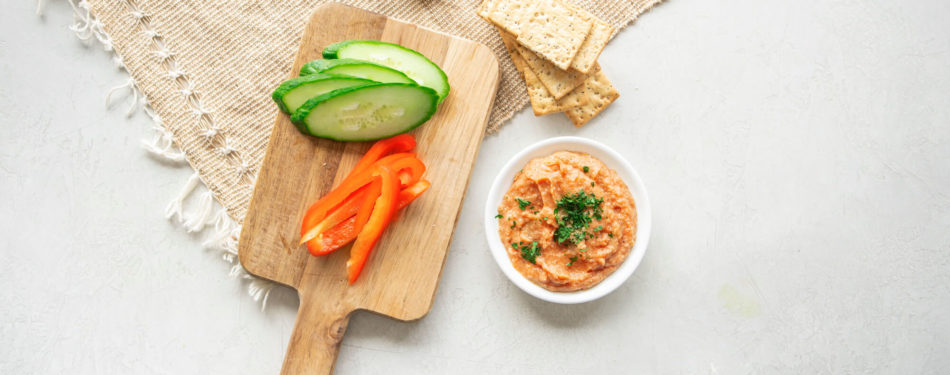Everyone knows about water.
It’s here, it’s there, it’s everywhere! But do we know why water is so important? Or how our body gets the water that it needs?
Hi! It’s the Greenhouse Education Center (GEC) Nutrition Educators, here to answer all your water-related questions.
Why Is Water Important?

Staying hydrated is so important for your health. Water plays a large role in our bodies, as they are made up of about 60-70% water. Our bodies use water as a tool for many functions. Some of these include: helping with brain, muscle, organ, and joint functions, removing toxins and waste, controlling body temperature, and moving nutrients across the body [1].
It is important to get enough water throughout the day because our bodies lose water during many different activities. Water is lost through waste, through sweating, and even through breathing! [2]
Replacing water that is lost helps to keep these important functions in your body running smoothly.
Water Sounds Great! Where Do I Get Some?
Well, you may be thinking the obvious… drink some water! Yes, of course that is a fantastic way to increase your water intake.
For those of you who want to change up your water game, you can try some fun, new recipes, such as smoothies, or try infusing your water with fruits and vegetables, such as Cucumbers!
Ideally,you want to make water your drink of choice [2], but there are also many other ways to increase your water intake! One being incorporating water-rich vegetables into your diet.
‘What!?! You must be crazy GEC Nutrition Educators!’
Did you know, about 80% of a person’s total water intake comes from beverages, but around 20% comes from food? [3]. Vegetables that have a higher level of water content can help you to meet your daily water needs.
For example, vegetables such as Cucumbers are made up of approximately 96% water! [4]
How Much Water Do I Need?
Now that we know the importance of water in our bodies and where we can find it in our diets, you may be wondering how much water you need to stay healthy.
Unfortunately there is no easy answer to this question, but do not fear – the GEC Nutrition Educators are here to break it down for you. The amount of water someone needs varies depending on the person and the situation that they are in.
Daily Water Recommendations
Here is a simple chart based on data from the National Academy of Sciences [5], showing how much water each age group should approximately consume. This chart uses Adequate Intake (AI) which means getting enough water for your body in a day. The chart is a great tool to base your daily water intake off of!
Male Adequate Intake (AI)
| Age Groups (yrs) | Water Intake (L/day) |
| 4-8 | 1.7 |
| 9-13 | 2.4 |
| 14-18 | 3.3 |
| 19+ | 3.7 |
Female Adequate Intake (AI)
| Age Groups (yrs) | Water Intake (L/day) |
| 4-8 | 1.7 |
| 9-13 | 2.1 |
| 14-18 | 2.3 |
| 19+ | 2.7 |
| During pregnancy (all trimesters) | 3.0 |
| While breastfeeding | 3.8 |
AI is a great source to guide your daily water intake levels on. However, there are some situations where you may want to add more water into your diet!
When Should I Increase My Water Intake?
- In a hot environment – Higher temperatures can cause your body to sweat and lose fluid. Make sure to drink enough water in the heat to prevent dehydration!
- During sickness – Some fevers and illnesses can cause you to lose fluids. You can try to regulate your body temperature throughout the day by drinking water to replace any of the fluids that you may have lost.
- During exercise – Exercise also causes your body to lose fluids through sweat. Make sure to replace any of these fluids by drinking water during and after your workout!

How Can We Help You Reach Your Water Intake Needs?
By incorporating our products into your daily diet!
Tomatoes, Peppers, and Cucumbers all have over a 90% water content level, so by incorporating these products into your daily diet, it can help you to increase your daily water intake.
Click on the photos to see some of the great NatureFresh™ Farm recipes which incorporate these products!
Water Intake: Key Takeaways
What can you take away from all of this? Now that you have learned how important water is for allowing your body to function properly, you can check your intake to see if you are meeting AI levels. Sometimes the daily amount of water you need can be unclear, but with the help of the GEC team and a little bit of science, we can help to break it down for you.
Incorporating more water into your diet may not be an easy change at first – so it is best to start with small steps. One easy change could be to create a meal plan or lunch routine that incorporates water as your drink of choice. You can also try to incorporate more high water content foods into your diet. Every small step counts towards a new water goal!
While water is a great tool that our body uses for many functions, you don’t want to go overboard. Drinking too much water can actually be dangerous to your health. Try to stay within the AI and use the situational factors listed above as a guide to drinking water.
Remember, you know you the best. Make sure to listen to your body when it comes to considering how much water you need. Some signs that your body may give off to tell you that you need to increase your water intake can include: thirst, dry lips, and headaches.
That is it for now, GEC Nutrition Educators over and out! Stay tuned for more informative and helpful blogs coming soon.
Want to check out our high water content products?
To learn more about Our Products, check out our Tomato, Pepper, and Cucumber product pages today!
References
1. Jéquier, E., & Contant, F. (2010). Water as an essential nutrient: The physiological basis of hydration. European Journal of Clinical Nutrition, 64(2), 115-23.
2. Government of Canada (2019). Make water your drink of choice. In Canada’s food guide. Retrieved from https://food-guide.canada.ca/en/healthy-eating-recommendations/make-water-your-drink-of-choice/#section-1
3. Institute of Medicine (U.S.). Panel on Dietary Reference Intakes for Electrolytes and Water. (2004). Dietary reference intakes for water, potassium, sodium, chloride, and sulfate. Washington, D.C: National Academies Press.
4. Guelinckx, I., Tavoularis, G., König, J., Morin, C., Gharbi, H., & Gandy, J. (2016). Contribution of water from food and fluids to total water intake: Analysis of a french and UK population surveys. Nutrients, 8(10), 630.
5. Whitney, E., Rolfes, S. R., Hammond, G., & Piché, L. A. (2016). Understanding nutrition: Second Canadian edition. Toronto, ON: Nelson Education.







